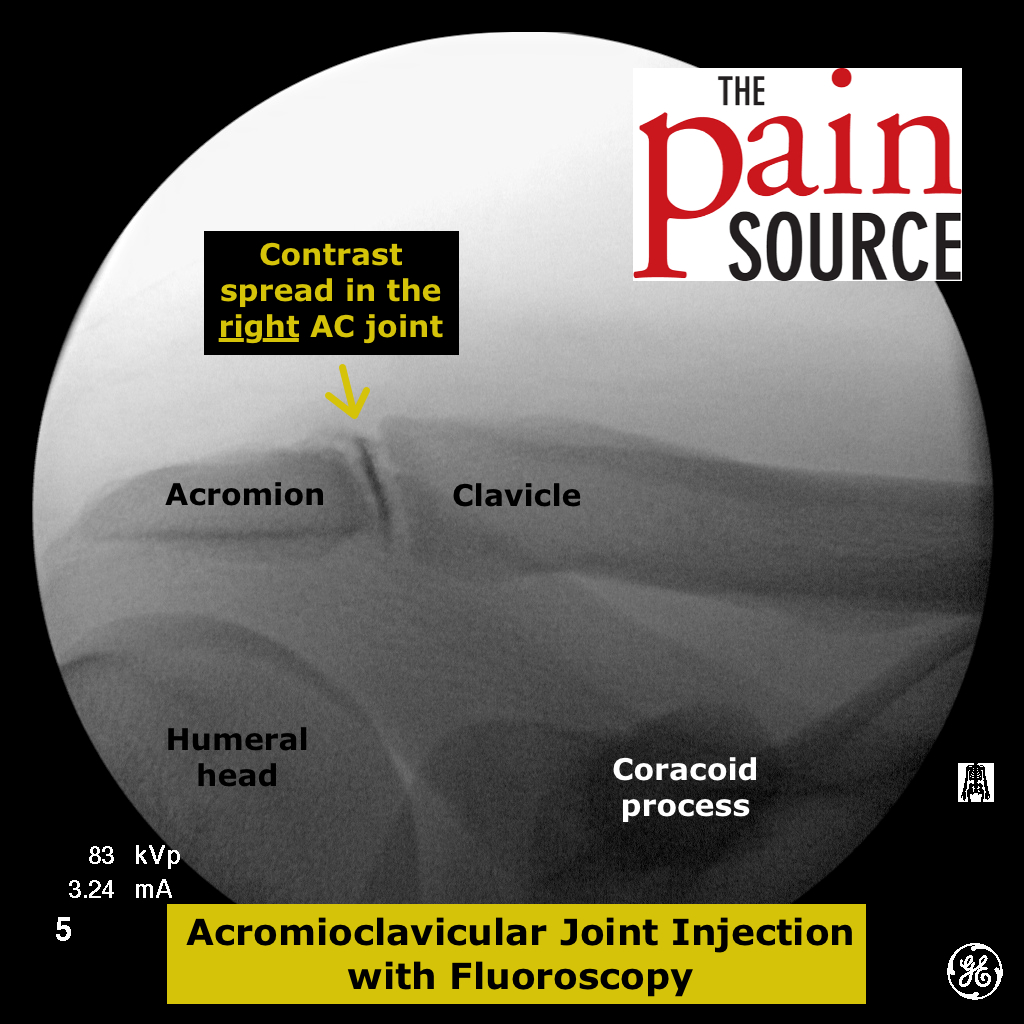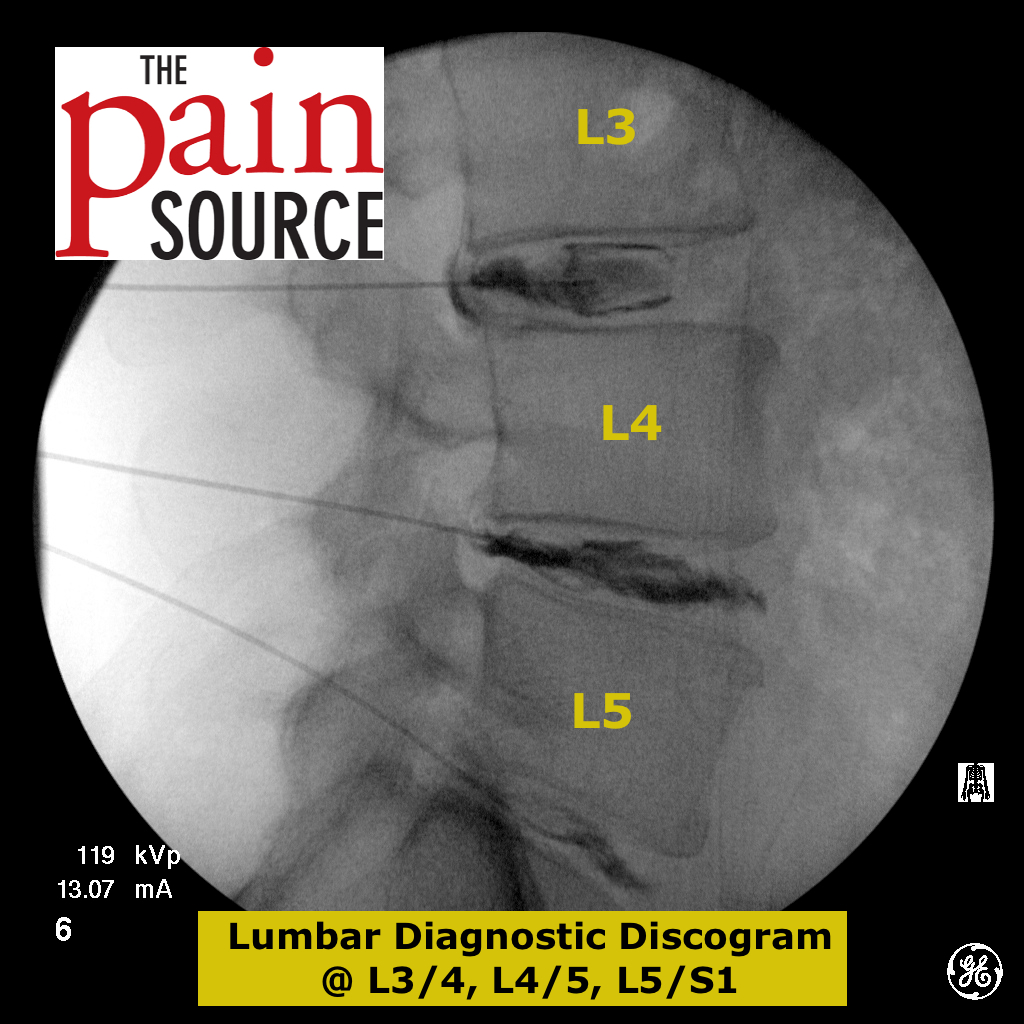** click the blue article titles below for the abstracts
note: recent additions will be added to the top of the list
12 – Spinal cord stimulation for patients with refractory angina and previous coronary surgery
- Ann Thorac Surg. 2006 Nov;82(5):1704-8
- 51 patients who failed multiple percutaneous and surgical revascularizations and optimal medical therapy, and are NOT candidates for further revascularization attempts (CCS class III/IV angina)
- >50% reduction of weekly anginal episodes in 88%
- CCS class decreased to II
- Significantly improved quality of life
11 – Spinal cord stimulation is an effective treatment for the chronic intractable visceral pelvic pain
- Pain Med. 2006 Sep-Oct;7(5):440-3
- Case series of 6 females
- Repeated hypogastric blocks gave 1-6 weeks relief; neurolytic hypogastric blocks gave 3-12 months relief
- At an average follow-up of 30.6 months: Pain score decreased from 8 to 3; Disability index decreased from 57.7 to 19.5; Opiate use decreased from 22.5 to 6.6mg of morphine equivalents per day
- Neurosurgery. 2005;56(1):98-106
- 45 patients (SCS group vs Re-operation group) – all patients were selected for reoperation after initial “failed” surgery
- SCS was more successful than reoperation
- Re-operation group: more opiate use and more cross-over (to get SCS)
- ADLs and work status did not differ significantly
9 – Epidural spinal cord stimulation in chronic non-reconstructible limb ischemia
- Minim Invasive Ther Allied Technol. 2004 Apr;13(2):124-8
- Evaluating the long-term effects of SCS on limb survival
- Of the 20 patients that followed-up up to 57 months, 4 died due to acute renal failure or MI, 75% (15) avoided a major amputation
- Br J Surg. 2004 Aug;91(8):948-55
- Limb salvage at 12 months appeared significantly greater in the SCS group
- Significantly less pain medication in the SCS group
- Ann Neurol. 2004 Jan;55(1):13-8
- SCS+PT vs PT-only (24 and 18 patients, respectively) – results after 2 years
- Global perceived effect (43% vs 6% “much improved”)
- No clinically important improvement of functional status
- Health-related quality of life improved only in the SCS+PT group
6 – Economic evaluation of spinal cord stimulation for chronic reflex sympathetic dystrophy
- Neurology. 2002 Oct 22;59(8):1203-9
- SCS was both more effective and less costly than the standard treatment protocol (physical therapy)
- $60,000 cheaper than control therapy over a lifetime
5 – Spinal cord stimulation and quality of life in patients with refractory angina
- Minerva Anestesiol. 2001 Nov;67(11):803-10.
- “This technique substantially improves the quality of life of patients suffering from refractory angina.”
4 – Epidural spinal cord electrical stimulation in diabetic critical lower limb ischemia
- J Diabetes Complications. 1999 Sep-Dec;13(5-6):293-9.
- 64 diabetics with limb ischemia refractory to medical and surgical treatments
- Average follow-up of 58 months
- Pain relief greater than 75% and limb salvage were achieved in 38 diabetic patients
- Amputation in 17 patients
- Pedal transcutaneous oxygen tension (TcPO2) from dorsum of foot: An increase of 50% in the first two weeks after implantation was predictive of success.
- Recommend a trial of two weeks to see if the TcPO(2) increases, before the final decision in terms of cost effectiveness, before the permanent implantation.
- Surg Neurol. 1998 Aug;50(2):110-20
- Analysis of a series of 189 patients
- Indications for SCS included, failed back syndrome, peripheral vascular disease, peripheral neuropathy, multiple sclerosis, reflex sympathetic dystrophy, and others.
- Patients with all of the above responded well to SCS
- 42% (with the above diagnoses) were gainfully employed afterward, compared to only 20% before implantation
- Paraplegic pain, cauda equina syndrome, stump pain, phantom limb pain, and primary bone and joint disease pain did NOT respond as well
- 42% were gainfully employed (of the successful cases above), compared to 20% before implantation
- Complications: included hardware malfunction, electrode displacement, infection, and tolerance
- Better outcomes seen in patients: shorter time from surgery, and if no surgery at all
- Multipolar systems has significantly improved clinical reliability over unipolar systems
- Spine. 1996 Dec 1;21(23):2786-94.
- 70 patients with a one-year follow-up
- Successfully managed pain in 55% of patients [success = >50% pain relief, and patient assessment of procedure being at least partially beneficial]
- Medication usage and work status were NOT changed significantly
- Complications in 17%
1 – Prospective outcome evaluation of spinal cord stimulation in patients with intractable leg pain
- Spine. 1996 Jun 1;21(11):1344-50
- 40 patients with avg symptom duration of 65.4 months, and avg # of prior lumbar surgeries of 2.3
- Significant improvement in the Sickness Impact Profile at 2-years
- Decreased use of narcotic medication in 66% of patients
- 70% stated it helped them, and they would recommend to others















